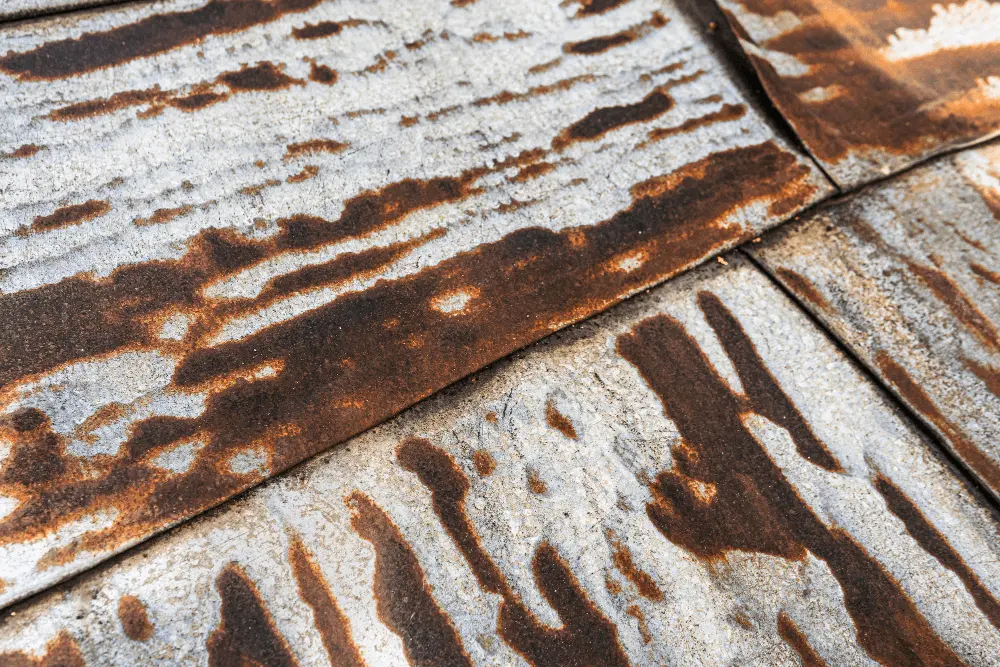
Nothing is as frustrating as unexpected winter roofing problems and especially so during winter weather. It’s an issue which has to be addressed immediately regardless of whether your schedule allows you the time to deal with it. Otherwise, what starts as a simple repair becomes worse. Water leaks left unattended cause rot and mold to your building’s structure and the damage will continue to spread for as long as the leak remains. Fortunately, there are ways to keep the odds of a leak forming to a minimum, and by doing so you build a relationship with a contractor you can trust to fix the problem should it arise.
Damage from Summer Storms which Was Not Repaired
Winter roofing problems can often be traced back to minor damage which happened during the summer that didn’t cause an actual leak and was thus never attended to. Summer storms bring hail, winds, and possibly small tree limbs. Each of these can contribute to compromised sealant around chimneys and exhaust fans, and can remove a shingle. During the summer, water can still flow freely and the path of least resistance allows it to continue to flow off the roof. That changes in the winter when water freezes.
Ice Dam Formation
When water freezes it expands, so if it is inside the shingle system because of a missing one. This is going to loosen the adjoining shingles or when it remains in the crack formed in sealant it is going to enlarge the damaged area. Additional rain or ice has nowhere to go and so it builds up as well. Although ice dams are typically associated with a sagging gutter, they can form to some extent anywhere the roofing system has been damaged and isn’t functioning properly.
Assuring Proper Drainage
The roofing system is designed for and relies on proper drainage. There is a plan be in the form of tar paper underneath the shingles, but that is only meant to serve a temporary function so you don’t have an interior leak during the brief time between when damage occurs and when it can be repaired. The best way to assure your roof continues to function properly is to conduct routine inspections and maintenance. Because summer storm damage compromises the roof’s ability to manage winter weather, and vice versa, it’s always wise to have the roof inspected between seasons to assure it is ready for the upcoming weather.




